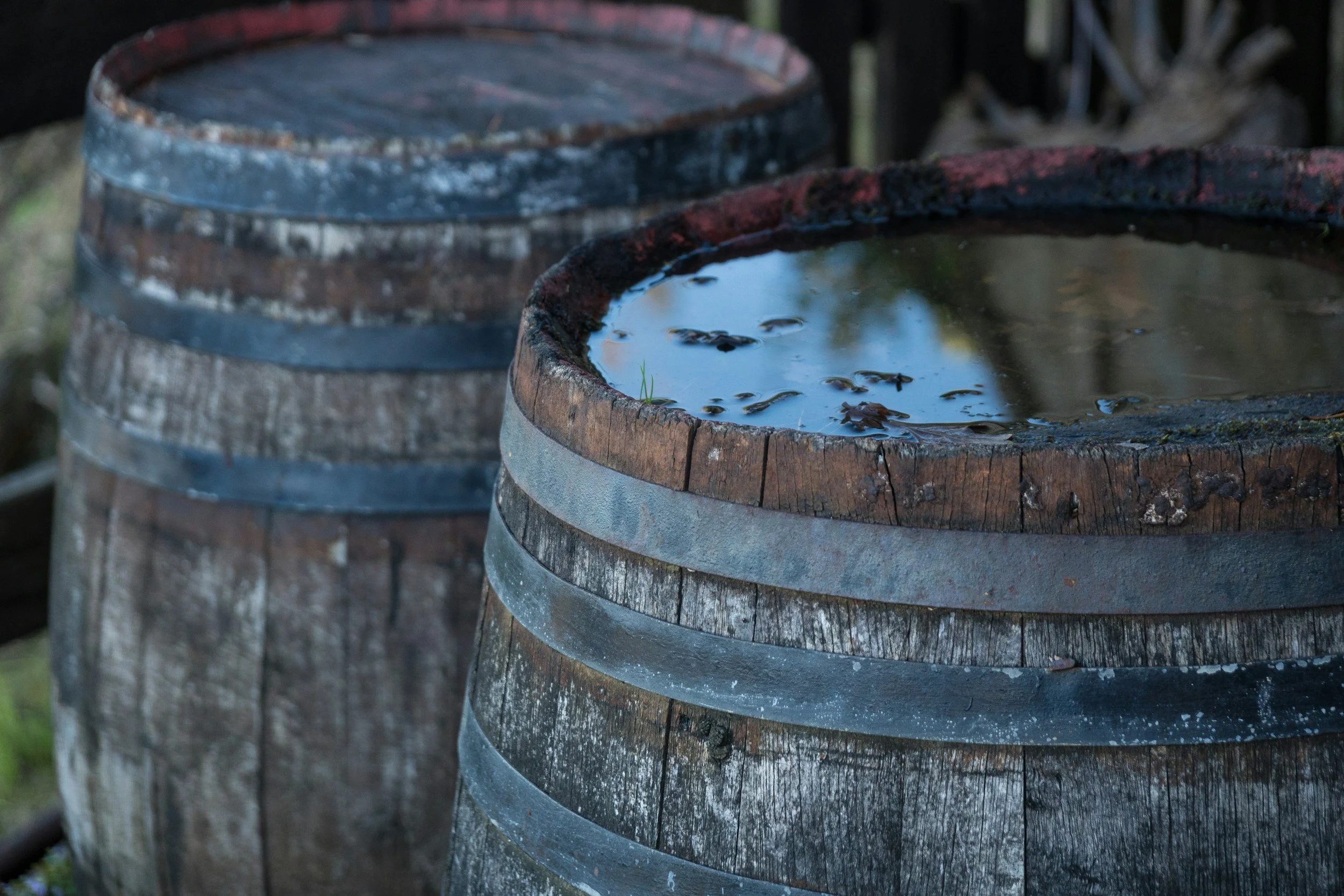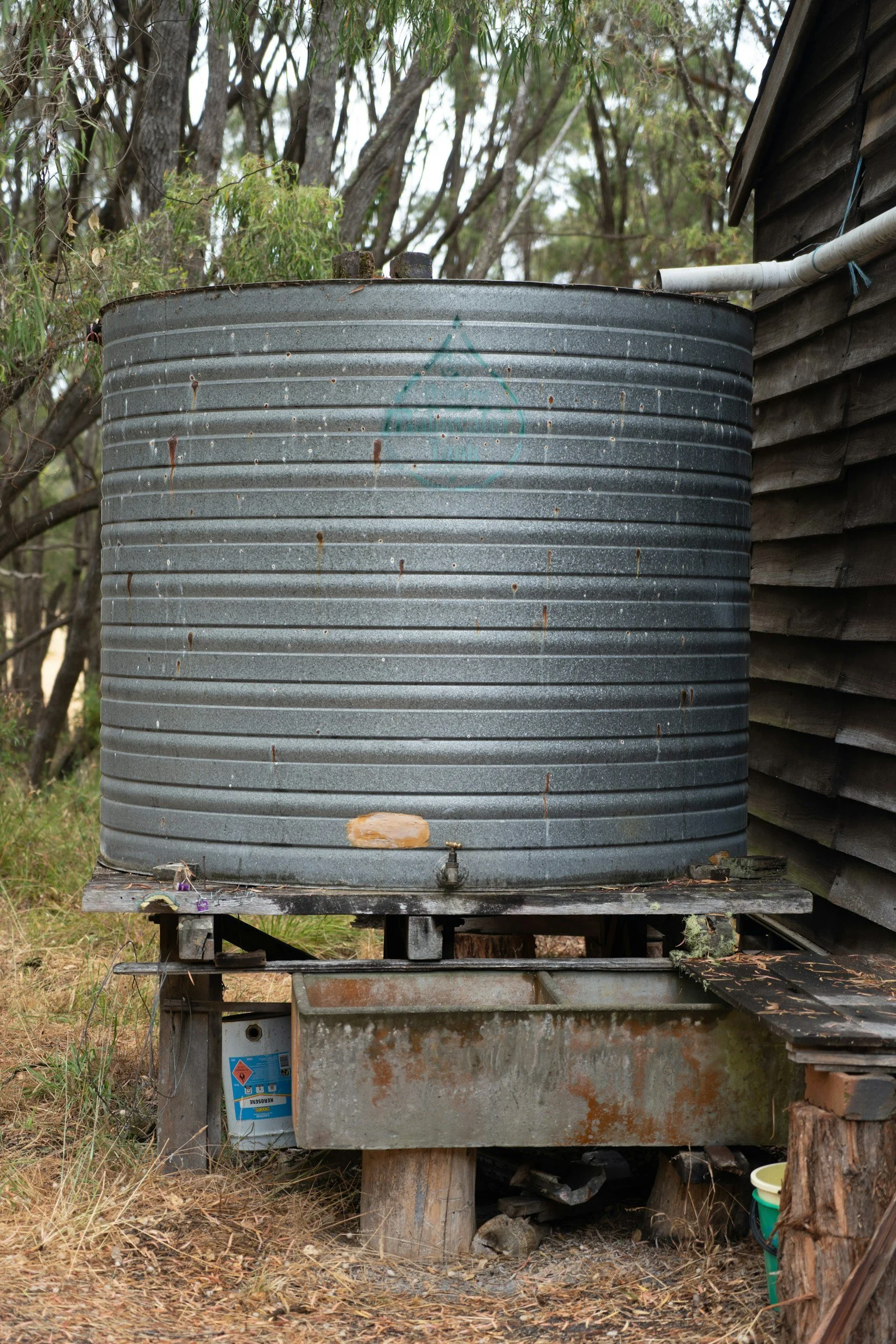How to Use Rainwater for Gardening or Cleaning
Rainwater is one of the most accessible and underused resources for off grid landowners. Whether you’re living full time on your property or just using it for seasonal camping and recreation, collecting rainwater can help reduce costs, conserve resources, and make day-to-day tasks more convenient. It’s especially useful in rural Utah, where water availability can be unpredictable and hauling water isn’t always easy or affordable.
By setting up a basic system, you can start harvesting rainwater to support your gardening efforts, clean tools and gear, or even serve as a backup water source. This guide will walk you through the steps to collect, store, and use rainwater effectively on your land.
Start with a Simple Collection Setup
You don’t need a fancy rainwater harvesting system to get started. Most landowners begin with basic materials that are easy to find or repurpose. The goal is to collect water from a surface that naturally gathers rain—like a shed roof or tarp—and funnel it into clean, covered containers. For example, you can position a slanted metal roof or tarp over a frame and let the water drip into barrels below. Or if you have an existing building, a gutter system with a downspout filter can direct runoff into a storage tank.
Common rainwater collection tools include:
Rain barrels with screens to keep out debris
Food-grade plastic drums with tight-fitting lids
Trash cans with holes cut for inlets and overflow
Tarp structures that feed water into buckets or jugs
Gutter systems attached to sheds, cabins, or trailers
Make sure all collection points are secure and screened to prevent bugs, leaves, or animals from getting into your stored water. Positioning your setup near a sloped roof or natural water flow area will maximize your collection during storms.
Store Rainwater Safely and Strategically
Once collected, rainwater should be stored in a way that protects it from sunlight, heat, and contamination. Storing water properly helps keep it usable for longer periods and prevents algae, bacteria, and other unwanted growth. The best containers are opaque, sealed, and kept off the ground if possible. This also makes it easier to access water through spigots or siphon hoses.
Labeling your containers can also be helpful. If you plan to use some water for cleaning and some for garden use, keeping them separate helps avoid accidental misuse. For example, water used to rinse tools should not be used on edible plants unless it is filtered.
Storage tips:
Keep containers out of direct sunlight to reduce algae
Use sealed lids or mesh screens to keep out insects
Place barrels on a raised platform for easy drainage
Clean containers every few months to avoid buildup
For larger setups, consider overflow systems or multiple barrels connected by hoses or pipes. Even during a single summer storm, it’s possible to collect dozens of gallons that would otherwise go to waste.
Best Ways to Use Rainwater on Your Land
Once you have rainwater stored, there are several safe and practical ways to use it on your property. Keep in mind that untreated rainwater is not safe for drinking, but it works well for outdoor and utility tasks.
Cleaning Tools and Outdoor Gear:
Rainwater is perfect for washing mud off boots, rinsing garden tools, or cleaning off buckets and containers. You can also use it to hose off your trailer, ATV, or picnic gear after a weekend on the land. Since these tasks do not require sanitized water, rainwater is a convenient and eco-friendly option.
Watering Gardens and Plants:
Plants thrive with rainwater because it’s free from chlorine and other additives found in tap water. Whether you’re growing vegetables, wildflowers, or just trying to keep a few trees alive, using rainwater helps stretch your main water supply. Use a watering can for smaller areas or install a gravity-fed hose to water garden beds from your barrel. You can also use it to dampen compost piles or keep mulch moist to help retain soil nutrients.
Filtering for More Advanced Uses
If you want to expand your use of rainwater beyond cleaning and gardening, filtration can open up more options. With the right setup, rainwater can be used for flushing composting toilets, outdoor showers, or even washing clothes. Gravity-fed filters, ceramic filters, or portable systems can help make this water safe for light household tasks.
With proper filtering, rainwater can be used for:
Outdoor showers or sponge baths
Washing clothes by hand
Flushing simple composting toilets
Emergency use when boiled and treated
It’s important to research your system before using rainwater for anything related to hygiene or food prep. A few low-cost components can make a big difference in usability, especially for long-term stays.
Know the Rules in Utah
In Utah, you are allowed to collect and store up to 2,500 gallons of rainwater without a special permit, as long as the water is used on the same parcel where it was collected. This makes rainwater harvesting a legal and practical solution for most off grid landowners. You can register your system online with the state if you plan to collect larger amounts or install a more permanent setup.
Always double-check your county’s zoning or water use rules if you’re unsure. While most recreational landowners fall well below the legal limits, it’s good to stay informed as you expand your system.
Final Thoughts
Rainwater is an excellent tool for making your off grid land more functional, especially if you're gardening, cleaning, or spending long weekends outdoors. With a few simple materials and good storage habits, you can collect water during every storm and put it to good use. It saves money, reduces hauling needs, and helps support sustainable land use.


